astronomy
September 2, 2023

Astronomical data
A tool developed by the UW’s Institute for Data Intensive Research in Astrophysics & Cosmology will help manage massive amounts of data.
March 4, 2022
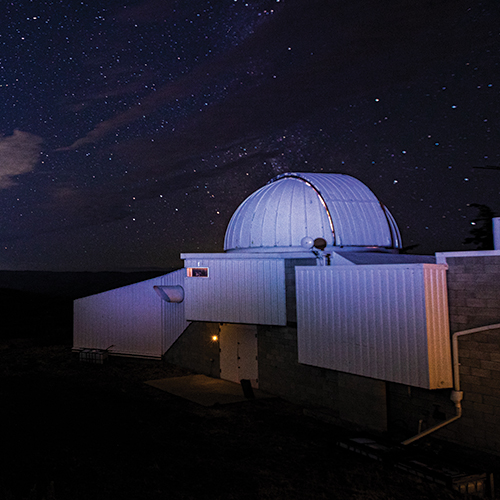
Galaxy gazing
The Manastash Ridge, a basalt plateau that runs between Ellensburg and Yakima, is home to the UW’s 50-year-old observatory.
November 19, 2021
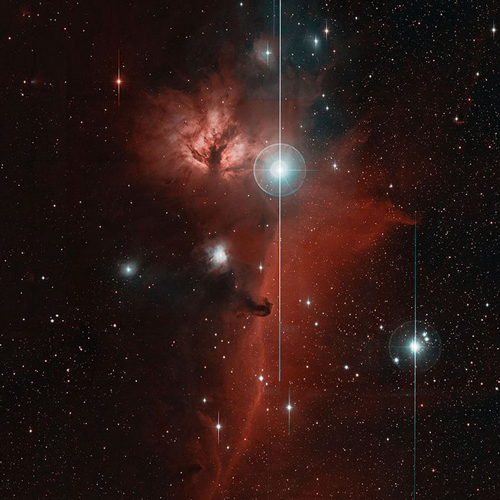
Starring role for research
Improvements in data collection allow a UW researcher and colleagues to swiftly make new discoveries in the cosmos.
August 4, 2020
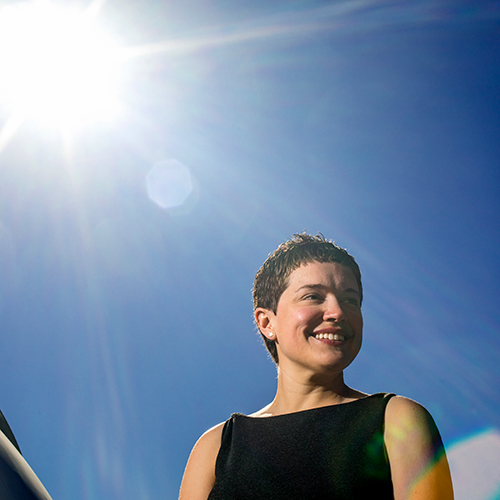
Stars in her eyes
Astronomer Emily Levesque’s new book shares the wonder of stargazing—and the adventures it’s taken her on.
November 30, 2018
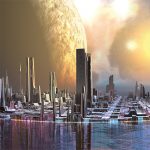
The sci-fi future is here
Science fiction has come alive in our modern world—from robots in our homes to the search for life across the universe.
September 1, 2015
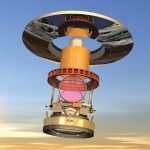
Space explorers
Fifty years is no time at all for a universe that dates back 13.8 billion. But for those who study the sky, the past five decades have changed everything.
June 1, 2015

Top teachers
They walk into a classroom that is filled with a sea of anxious faces. Expectations run high. They take a deep breath and off they go—the process of molding students into scholars is what teachers do everyday. With the greatest of ease? Hardly. Only some have the chops to rise above the rest. Introducing this year’s best of the best.
March 1, 2015
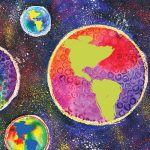
Mirage Earths
Planets orbiting close to low-mass stars—the most common stars in the universe—are prime targets in the search for extraterrestrial life. But new research led by an astronomy graduate student at the UW indicates some such planets may have long since lost their chance at hosting life.
June 1, 2014
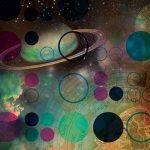
Planetary bonanza
University of Washington astronomer Eric Agol played a key role in the discovery of 715 new exoplanets announced by NASA Feb. 26. Agol was on a team that found seven of those worlds, all in orbit around the same star, Kepler-90.
March 1, 2014

Lake Mars
The mystery of how the surface of Mars, long dead and dry, could have flowed with water billions of years ago may have been solved by research that included a University of Washington astronomer.
June 1, 2013
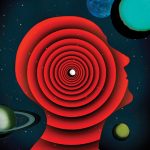
Planet unearthed
Using the Kepler telescope, scientists have been looking for Earth-like planets beyond the solar system since 2009. UW associate professor of astronomy Eric Agol has discovered perhaps the most Earth-like planet yet found outside the solar system.
September 1, 2011

The UW's right stuff
June’s flight of the Atlantis brought to a close NASA’s Space Shuttle program after 30 years. The University of Washington played a huge role in this scientific and engineering marvel.
September 1, 2010
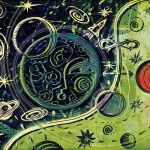
Orbit of influence
Weird neighbors make life more challenging. That’s a well-established principle here on Earth, but it turns out to apply in deep space as well, according to new research.
June 1, 2006
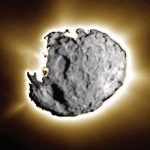
Gathering dust
The longest round trip in human history has brought back evidence that could yield clues to the origins of the solar system.
March 1, 2006
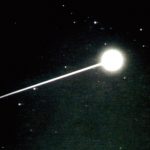
2.88 billion-mile journey
After traveling 2.88 billion miles over nearly seven years, NASA's Stardust capsule landed in the Utah desert on Jan. 15, bringing back comet samples that could help explain the origins of the solar system.
December 1, 2003
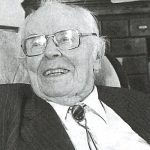
Theodor Jacobsen, 1901-2003
Theodor Jacobsen was for nearly 40 years was the sole member and "executive officer" of the UW astronomy department.
September 1, 2003

Earth is doomed
"In 7.5 billion years Earth will either be swallowed up or survive only as a scorched planet."
December 1, 2000
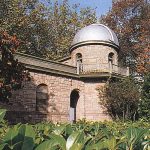
Fading star
In its heyday, the UW campus observatory was a magical place. Now the future of the cute little building, sitting just east of Memorial Way, is up in the air.
September 1, 1998

Brilliant discovery
The brightest object in the universe has been discovered by a University of Washington astronomer and his colleagues.
March 1, 1996
UW astronomers use new tools to investigate the mysteries of the universe
A handful of scientists are probing previously unknown mysteries of the universe at a pace unimagined even a decade ago.